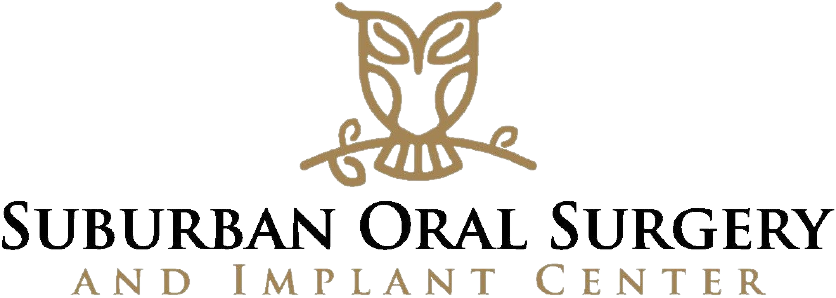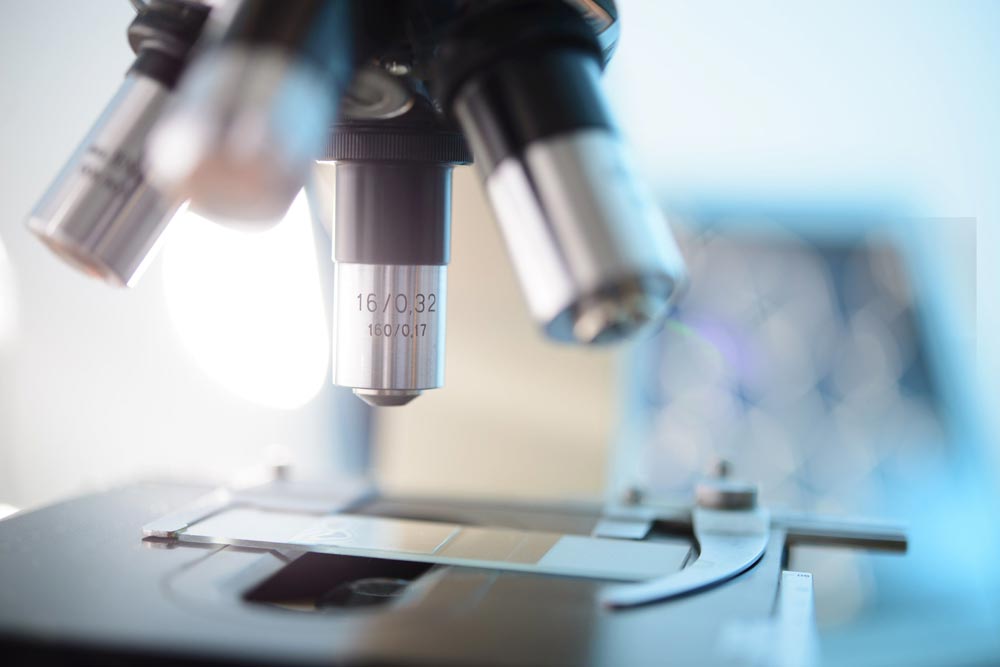At Suburban Oral Surgery & Implant Center, Dr. Allan Libunao and Dr. Richard H. Kim strive to offer a complete range of oral surgery services in a single location, including a comprehensive selection of soft tissue surgery options. This selection includes soft tissue biopsy, a procedure that is essential to the early detection of soft tissue cancers. As with any other disease, oral cancer is most easily and successfully treated when diagnosed in its earliest possible stages.
In discussing the soft tissue biopsy procedure with patients at their Bolingbrook, IL oral surgery practice, Drs. Libunao and Kim answer all questions and address all concerns openly, honestly, and directly. They help patients to understand why a soft tissue biopsy is necessary and what it entails. Patients are generally relieved to learn that the procedure involves minimal to no discomfort and that they will be able to return to their normal routines immediately afterward.
If you have not had a comprehensive oral exam within the last year, then we encourage you to schedule an appointment at Suburban Oral Surgery & Implant Center today.
ABOUT THE SOFT TISSUE BIOPSY PROCEDURE
There are four basic types of soft tissue biopsy procedures. Prior to each of these, Dr. Libunao or Dr. Kim will prep the area, injecting a local anesthesia if necessary. The four basic types of soft tissue biopsies include:
- Brush biopsy: This type of biopsy is non-invasive and does not therefore usually call for anesthesia. One of our dentists will rub a brush against the abnormal tissue to collect cells for testing. Depending on the results of the tests, further biopsies may or may not need to be performed.
- Percutaneous needle biopsy: A needle is used to extract cells from the abnormal tissue. If a larger sample of cells is needed for testing, our dentists will use a spring-loaded core needle to excise cells. Otherwise, a minimally invasive fine needle will suffice.
- Excisional biopsy: If the abnormal tissue is relatively small, as in a small growth or lesion, our dentists may decide to remove the tissue in its entirety. If so, some adjacent healthy tissue will also be removed to help ensure that all abnormal tissue is removed from the area. On some occasions, it is necessary to suture the area after an excisional biopsy, but in most cases bleeding can be stopped through laser cauterization. Discomfort is kept to a minimum during the procedure through anesthesia.
- Incisional biopsy: This is the most common type of biopsy. It is similar to the excisional biopsy except that only a portion of the abnormal tissue is removed for testing. Again, sutures are occasionally, but not often, necessary after an incisional biopsy, and discomfort is generally minimal.
LEARN MORE ABOUT THE SOFT TISSUE BIOPSY PROCEDURE
To learn more about the soft tissue biopsy procedure, or to schedule your initial consultation with Dr. Allan Libunao or Dr. Richard Kim, please contact Suburban Oral Surgery & Implant Center today.

